In 1961 a group of six eminent Scandinavian designers were invited to Ireland to publish a report and recommendations on design in Ireland. After a two-week intensive study visiting all corners of the country, they concluded that of all the industries – which included pottery, glass and knitwear – Donegal tweed stood out the most, “the most valuable and brilliant facet of Ireland’s textile industry”. Protect it, they said. Set up a tweed museum to illustrate its history, they said. With the advent of polyester and cheaper ready-to-wear clothing in the 1970s, their advice was ignored, and the tweed industry was left to die.
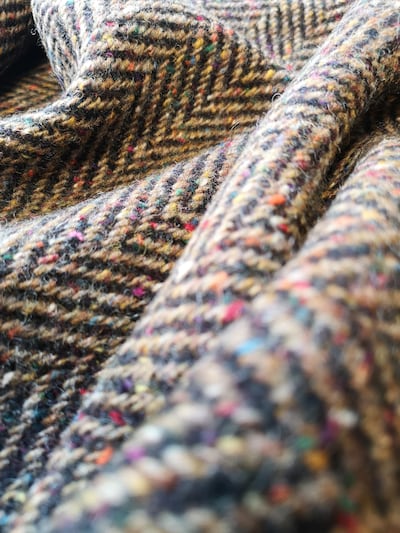
Now the tide may be turning as efforts to get PGI (protected geographical indicator) status from the EU for Donegal tweed may soon come to fruition. It will mark a new step for non-agricultural products made in a specific region or country such as Parma ham, feta cheese or Waterford blaa (a soft bread roll unique to Waterford) which have such protection, and could have huge implications for Donegal and the tweed industry.
[ Winter coat trends for 2022 ]
The idea of protecting Donegal tweed has been on Patrick Temple’s mind for many years. A fifth-generation family member and chief executive of Magee Weaving, he has been active in the campaign to protect it for nearly 20 years, starting with initial submissions to the EU in 2003. Now he and other weavers in Donegal are working with the Design and Crafts Council of Ireland and business consultant Muiris Kennedy to champion the cause.
“What we are looking for is a stamp of approval,” Temple says. “It is a global setting for a local industry, and it would take Donegal tweed into the future as a desirable product for drapery, clothing, scarves and accessories.”
READ MORE
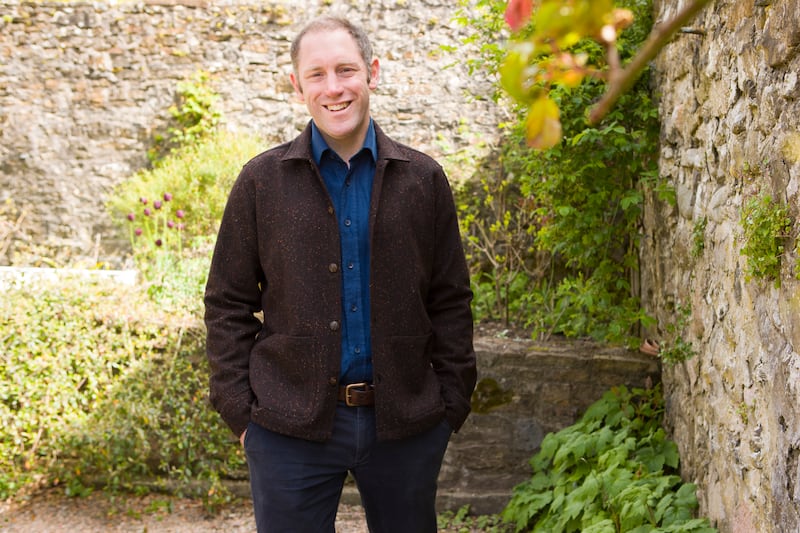
He praises the work of Kennedy in getting Waterford blaa over the line. As the managing director of Bord Bia for years who had worked with smaller groups to improve their position, Kennedy was well placed to know the ins and outs of European bureaucracy. “PGI is not a trivial task designation – it is about group schemes, it is a collective, ie the group owns it,” he says.
For blaa, ingredients can come from anywhere but the experience, skill, craft and tradition of putting them together has to take place in Waterford. In the same way, Donegal tweed can be made with wool blends such as merino, but it must be woven in the county. “We have managed to increase awareness of tweed, so we are in a good state,” says Kennedy. “Its big advantage would be to stop counterfeiting as well, so it would eliminate lookalike products.”
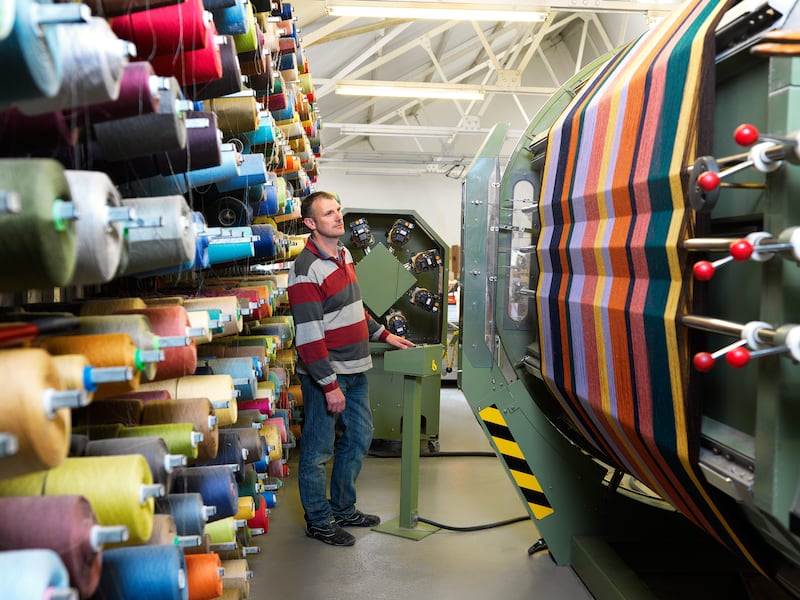
PGI is not a trademark for an individual company, but shared by a community. When legislation is passed, anyone claiming to be weaving Donegal tweed and not in Donegal will be stopped by the EU. “It will benefit the whole craft industry giving it a boost and sustain jobs in rural areas,” argues Kennedy.
Tweed has often been described as making the beautiful practical and the practical beautiful
For Temple and other weavers, who are technically competitors, the campaign has brought them together for their collective benefit. Donegal tweed is rooted in land and landscape and as the Scandinavians rightly pointed out, derives its effect from its connection to nature. “To lose an indigenous craft is to lose a part of our history, our culture, our link to the past,” says Tristan Donaghy of Studio Donegal.
Anna Guerin calls her latest collection for The Landskein “Times Arrow” – it’s a 15-piece collection of tailored coats and blazers cut entirely from Irish tweed, mostly from Donegal. The designs have deliberately unstructured, relaxed silhouettes allowing them to be worn with similar ease – each piece hand cut, sewn, tailored and finished with close attention to detail. Working with weaver Kieran Molloy of Molloy & Sons in Ardara, yarn colour, weights and compositions were tailored to the designs using superfine lambswool in olive green, navy blue, burgundy, dove grey and camel in oversized herringbones, twills, houndstooth and checks.
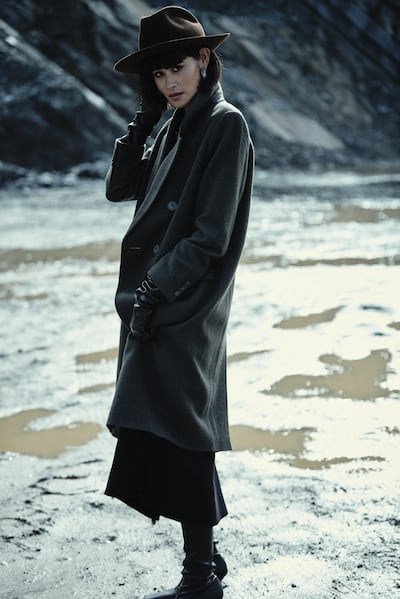
Tweed has often been described as making the beautiful practical and the practical beautiful. It is regularly seen on the international catwalks from both established and up-and-coming brands. Micro mini tweeds patrolled the runway at Miu Miu along with slouchy, sloping-shouldered great coats. Chanel’s entire collection for this winter was in tweed, very much a heritage use but reimagined in colours of the Scottish landscape. Prada’s oversized tweed coats sprouted green faux fur sleeve decor, and even Versace went wild with power-shouldered pink and red tweed jackets.
Elsewhere, recent collaborations have included New Balance trainers with Harris tweed, and Acne using repurposed tweeds (and denim) in innovative ways. In London, The Cloth Surgeon reworks old tweed suits into sporty bomber jackets or trousers, shaking up the original into more relevant everyday wear.
We need to fall in more in love with tweed as an enduring emblem of the landscape from which it comes, interwoven with culture and community
We need to fall in more in love with tweed as an enduring emblem of the landscape from which it comes, interwoven with culture and community. As a fabric it endures, whether reassembled, repurposed or reimagined, season after season. The artist Breon O’Casey used to say that wearing tweed, for him, was like wearing the Irish landscape.
It all goes to show that giving tweed a fresh, contemporary, cool look is not just confined to designers in Paris, London or Milan. The Landskein has created a collection that is local in one sense, since it is designed and composed of fabric woven in Ireland, and international in another, in look, style and application. Currently, Miranda Richardson and Abigail Cowen are dressed in the Landskein throughout the Netflix series Fate: the Winx Saga, filmed in Wicklow and released in September.
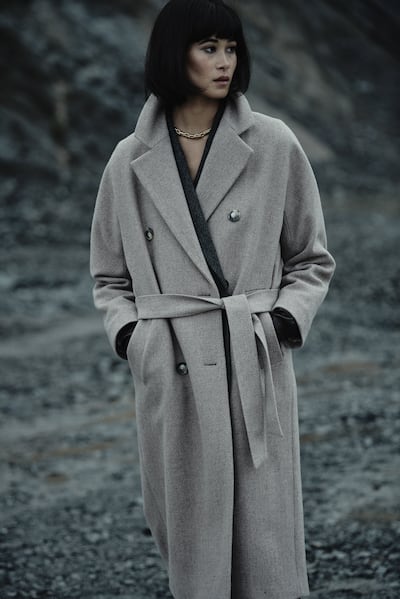
Tweed’s cachet on the international fashion catwalk continues to thrive and command attention
Back in Donegal, another tweed initiative took place in April with the launch of the very first weaving course in Kilcar to preserve the indigenous, centuries-old craft. Those involved in developing the 41-week course included Magee, McNutt, Molloy & Sons and Studio Donegal, helped by Peter Sweeney formerly of Magee. Funded by the European Union and the European Horizon programme Ruritage, its focus is on the regeneration of rural areas through cultural and natural heritage.
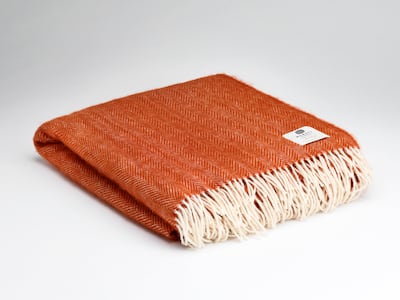
Elsewhere, Chris Weineger in Donegal Yarns, who exports yarns all over the world, is now spinning pure Irish wool from Blathnaid Gallagher’s Galway sheep for the first time. In a further optimistic note for Irish wool, a report by the Agile Executive feasibility study identified market opportunities for an Irish Grown Wool brand, and the establishment of an Irish Grown Wool Council. “As natural fibres around the world are recognised for their sustainability properties, sheep’s wool is one of the natural and renewable resources with a unique composition that makes it applicable to many markets including horticulture, packaging, insulation, textiles, cosmetics and composites,” it says.
Tipperary wool merchant Kevin Dooley argues that we are ignoring a valuable fibre grown in this country, and says it should be promoted as a natural, biodegradable product that is more environmentally friendly than synthetic products imported from China.
In the meantime, tweed’s cachet on the international fashion catwalk continues to thrive and command attention. Now it should be Donegal’s turn in the limelight.
The Landskein and Boo George
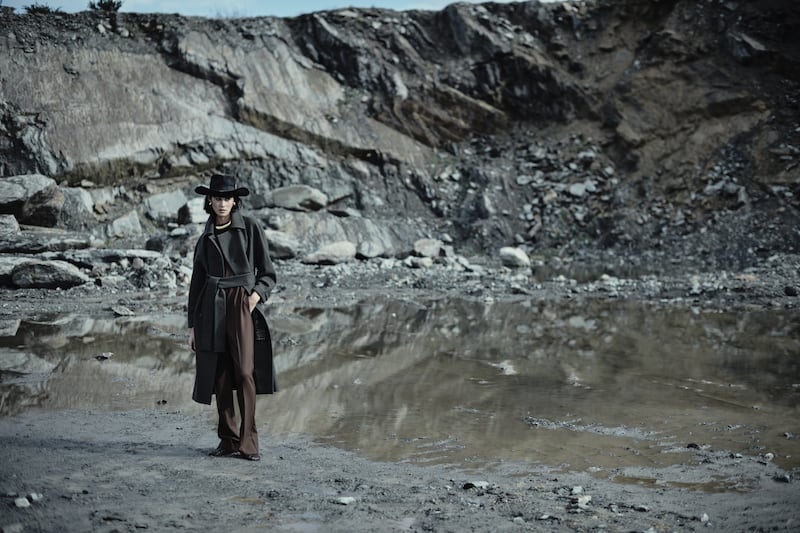
These photos of the Landskein collection were taken in a quarry in west Cork by Boo George, the award-winning London-based Irish photographer who owns a house in the area. It’s the first time he has captured an Irish fashion collection in Ireland, though he did make a short fashion film for Brown Thomas a few years ago and photographed an Armani collection in Galway. He is well known for his work on many international high-profile campaigns, most recently for Chanel and Louis Vuitton, and his portraits of Victoria Beckham graced Grazia magazine covers in May of this year.
As someone who regularly photographs the most beautiful clothes in the world, in his opinion the Landskein’s appeal is international. “I saw an image from the collection on Instagram and got in touch,” he says. “I just think the clothes are cool, the silhouettes and woollen cloths gorgeous, so it’s nice to help an Irish brand and give it a boost. It’s a great product and she [Anna] needs to think outside the box, to think about Tokyo and Paris. And Ireland has the most amazing and incredible landscapes in the world for fashion shoots.”
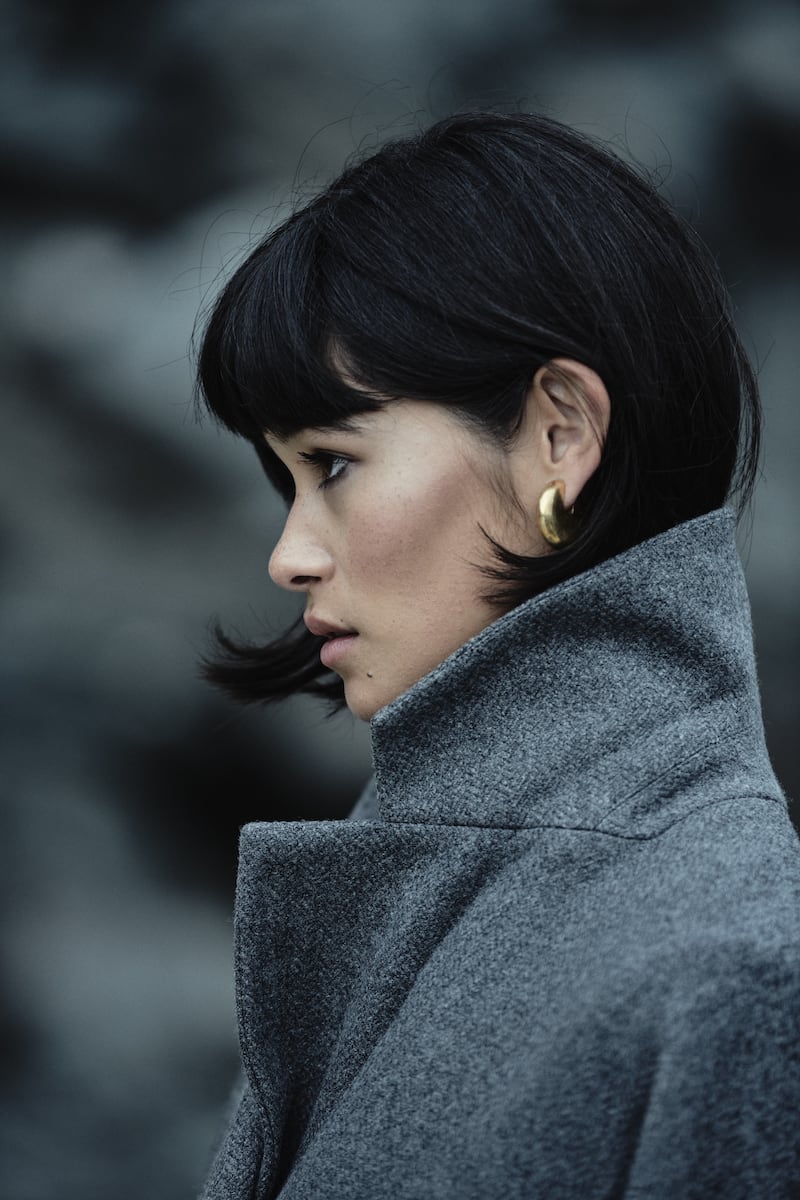

The Bray-born photographer is currently commuting between Castletownbere and the Champs Elysee to work in Paris, and says that after more than 20 years in London, he finds himself steadily gravitating back home to these shores.
The Landskein collection can be found at thelandskein.com, Brown Thomas, Emporium Kalu, Naas and Havana, Donnybrook.
Photography by Boo George; assisted by Bror Ivefelt; model: Amy Hope Jackson at Notanotherintl; stylist: Yana McKillop; MUA: Gail Miller; location assistant: Rory Boss.






















